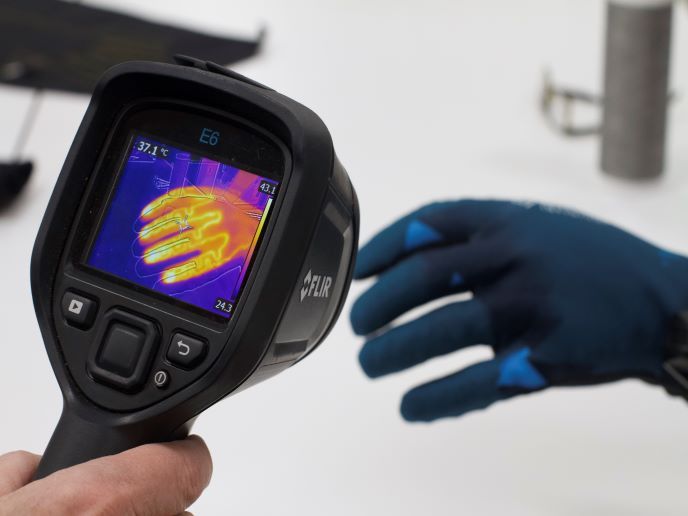Magnetic cooling to optimise refrigeration sustainably
The concept of so-called PVT curves relating changes in pressure (P) to changes in volume (V) and temperature (T) may be a vague memory to most. Yet the simple thermodynamics of such changes are behind the workings of most common refrigeration devices. Refrigerators rely on a volatile refrigerant that continuously cycles through evaporation, compression, condensation and expansion, in the process taking on heat and releasing it. Unfortunately, refrigerants account for a significant percentage of global carbon dioxide (CO2) emissions. Novel solid-state cooling technology currently under development may soon change all that. Refrigerators, air conditioners and even huge warehouse freezers will be far greener and more energy-efficient than current conventional gas compression-based cooling. Researchers harnessed the energy differences between varying magnetic states in selected stable solid refrigerants after testing certain magnetic materials. Magnetic materials undergo change in temperature during magnetisation and demagnetisation, a phenomenon known as the magnetocaloric effect. Scientists sought to exploit this effect and examined all stages required for the production of room-temperature refrigeration with EU funding of the project 'Solid state energy efficient cooling' (SSEEC). Custom-made characterisation tools and advanced theoretical models expedited efforts, enabling the prediction and establishment of novel magnetic cooling mechanisms. Researchers investigated fundamental mechanisms of magnetism and transitions, synthesising single-crystal refrigerants and other novel formulations. Scientists developed new synthesis routes to enhance machinability, and produced refrigerants in small thicknesses required for heat-efficient exchange. In the end, they engineered three prototype magnetic cooling engines, one of which was successfully integrated with a heat exchanger to build a heat pump. This prompted the development of a research and technology roadmap for magnetic refrigeration. Scientists shared SSEEC outcomes through journal publications, conference presentations and as prestigious invited speakers at seminars around the world. Concepts were also presented to the public through media interviews, magazine articles, the popular press and the project website(opens in new window). Approximately one third of the EU's energy consumption goes to maintaining the internal comfort of buildings. High-efficiency, low-cost and green magnetic refrigeration concepts are poised to significantly reduce the EU's environmental impact.







